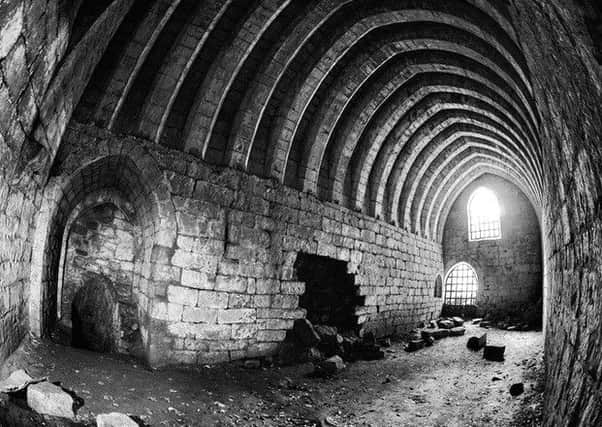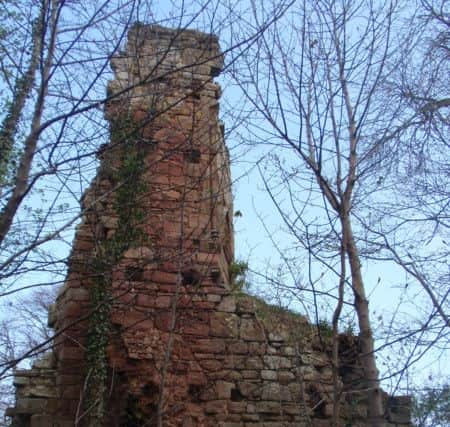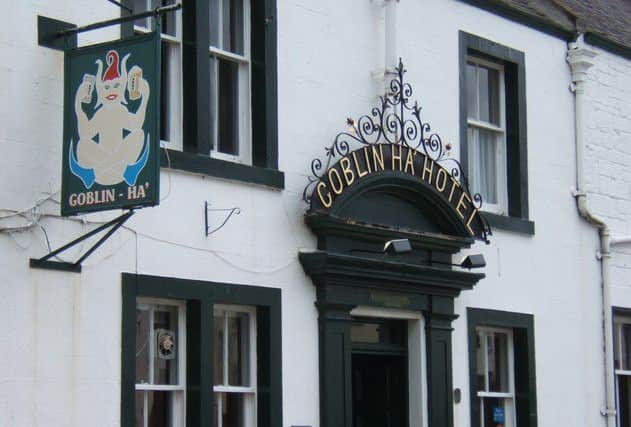The East Lothian castle hall built '˜by demonic forces'


Spooky Yester Castle was founded in the year 1267 by a local baron and guardian of King Alexander III, Sir Hugo de Gifford.
The castle is situated in woodland to the north of the Lammermuir Hills, approximately a mile and a half away from the modern-day village of Gifford in East Lothian. Sadly, it lies in ruins, a testament to a troubled history. However, deep below its wrecked, overgrown facade lies something quite extraordinary - an impressive gothic-style chamber reputedly constructed by demonic forces which locals claim is haunted; the Goblin Ha’.
Advertisement
Hide AdAdvertisement
Hide AdYester’s Goblin Ha’ lies beneath the ground and can be entered via a doorway at the castle’s northern end. Many who have ventured down over the years have spoken of a sinister presence stalking the site, and a general feeling that they are not welcome.


Leading off from the Goblin Ha’ there is a staircase which descends further down into the hill. This is thought to have led to a well at one time, but has long since been blocked off by locals who believed it to be a gateway to hell. The legends linking Yester Castle with evil forces date back to the keep’s creation almost 800 years ago.
Yester Castle founder Sir Hugo de Gifford is said to have been an educated man who enjoyed science and dabbling in alchemy. As a result, rumours spread that the laird was a powerful warlock and necromancer who practised the black arts.
John de Fordun, a 14th century chronicler, strengthened this myth by claiming that de Gifford had made a pact with the devil and that a demon army had been summoned to construct the Goblin Ha’ of Yester Castle. De Gifford is thought to have used the Goblin Ha’ for carrying out arcane rituals.
Very little is left of the castle as it was in de Gifford’s time. The original keep was captured by the English in 1308 and subsequently razed to the ground by the Scots who retook it, in accordance with a policy by Robert The Bruce designed to make castles vulnerable to invasion ‘unserviceable’.


In 1547 the castle was battered again during an English siege, and required significant reconstruction in the aftermath. The keep is thought to have been abandoned around 1557, when its final occupant William Hay 5th Baron of Yester relocated to a nearby townhouse residence.
In the years which followed, stone from Yester Castle was quarried and pilfered for new developments, and by the 18th century it was already in a ruinous state. Somehow, throughout all the centuries of upheaval and reconstruction, the Goblin Ha’ has managed to remain more or less intact, just like the myth surrounding its creation.
Advertisement
Hide AdAdvertisement
Hide AdHundreds of years after de Gifford’s death his story was given renewed fame by Sir Walter Scott in his Marmion epic published in 1808. Rather than dispel any of Yester Castle’s medieval myths, Scott insisted on peddling de Fordun’s script that the Goblin Ha’ had been assembled by “magical art”.
Today, as an example of one of the earliest stone-built castles in Scotland, the ruins of Yester Castle are now considered to be of national importance. However, chances of Sir Hugo shaking off his 800-year-old reputation as a necromancer appear to be quite slim - just ask the proprietors of the Goblin Ha’ Hotel in nearby Gifford Village.